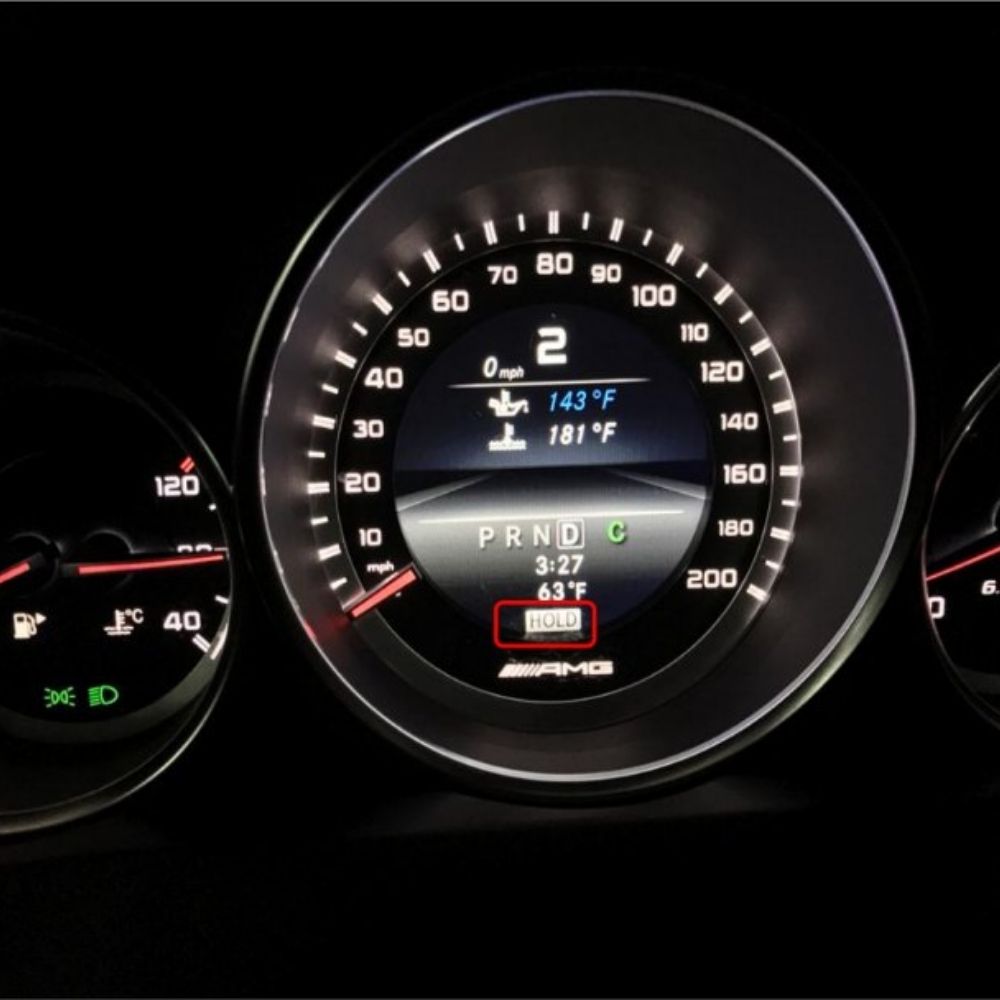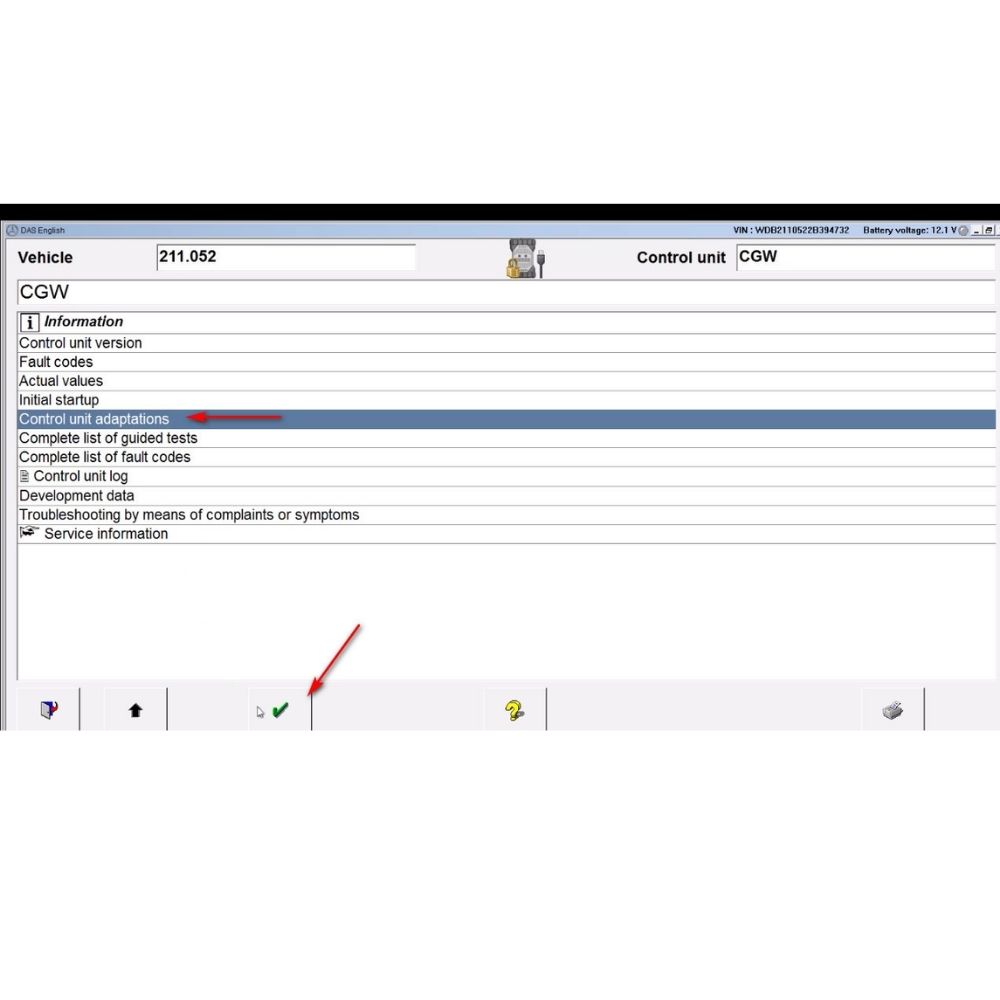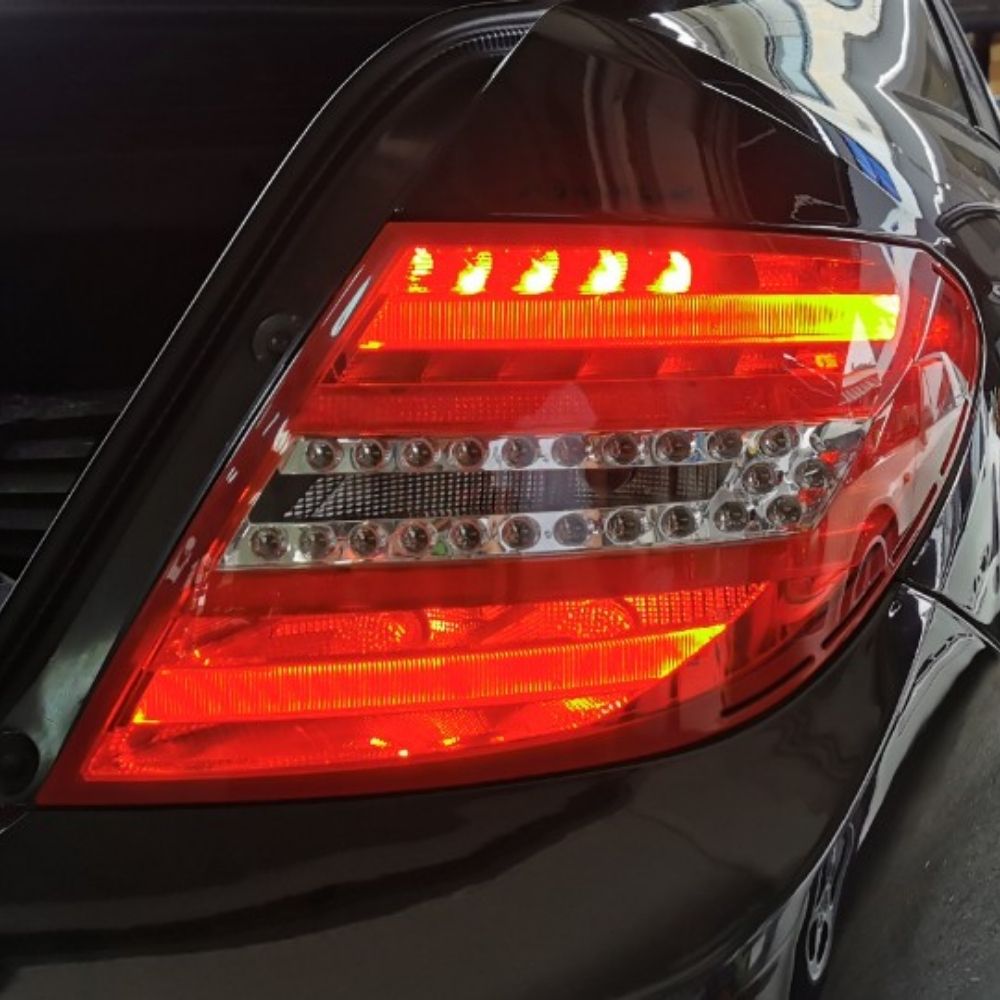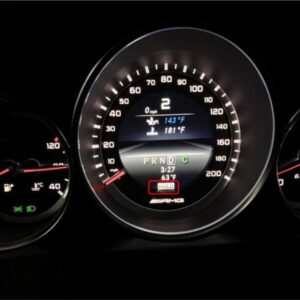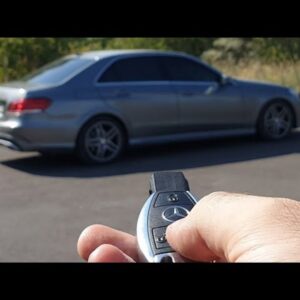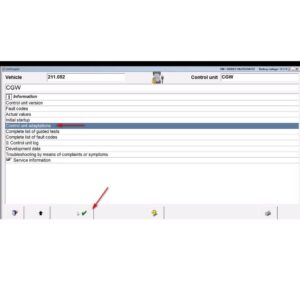Decoding the BMW fault code 2A88 is crucial for technicians tackling engine performance issues. This article dives deep into the 2A88 fault code, providing a comprehensive guide for diagnosing and resolving it, ultimately highlighting how AutoExplain.com can offer expert remote support to streamline the repair process.
1. What Does BMW Fault Code 2A88 Mean?
BMW fault code 2A88 signifies a problem with the exhaust VANOS (Variable Camshaft Timing) control system. This means the engine control unit (ECU) has detected a discrepancy between the desired and actual position of the exhaust camshaft, affecting engine performance, potentially leading to limp mode.
The VANOS system is critical for optimizing engine performance, fuel efficiency, and emissions by adjusting the timing of the intake and exhaust valves. When the system malfunctions, it can lead to various issues, including reduced power, poor fuel economy, and engine hesitation.
2. What are the Common Symptoms Associated with the 2A88 Fault Code?
Several symptoms can indicate a 2A88 fault code. Recognizing these signs can help diagnose the problem efficiently:
- Reduced Engine Power: The engine may feel sluggish, especially during acceleration.
- Limp Mode: The vehicle may enter limp mode, restricting engine speed and power to prevent further damage.
- Rough Idling: The engine may idle roughly or stall.
- Poor Fuel Economy: Fuel consumption may increase noticeably.
- Hesitation During Acceleration: The engine might hesitate or stumble when accelerating.
- Check Engine Light: The check engine light (CEL) will illuminate on the dashboard.
- Premature Gear Changes: Automatic transmissions might shift gears prematurely or erratically.
3. What are the Potential Causes of the 2A88 Fault Code?
Identifying the root cause of the 2A88 fault code is essential for effective repair. Here are some common causes:
- Faulty VANOS Solenoid: The VANOS solenoid controls oil flow to the VANOS actuator. A malfunctioning solenoid can disrupt the timing adjustment.
- Sticking or Damaged VANOS Actuator: The actuator physically adjusts the camshaft timing. If it is sticking or damaged, it cannot function correctly.
- Low Engine Oil Level or Pressure: The VANOS system relies on oil pressure to operate. Low oil levels or pressure can impair its function.
- Timing Chain Issues: A stretched or worn timing chain can affect camshaft timing and trigger the 2A88 code.
- Faulty Camshaft Position Sensor: Although less common, a malfunctioning camshaft position sensor can provide inaccurate data to the ECU, leading to timing errors.
- Wiring or Connector Issues: Damaged or corroded wiring and connectors can disrupt the electrical signals to the VANOS components.
- ECU Problems: In rare cases, a faulty ECU can misinterpret data and incorrectly trigger the 2A88 code.
- Oil Contamination: Dirty or contaminated engine oil can affect the performance of the VANOS system.
4. How Can I Diagnose the 2A88 Fault Code?
A systematic diagnostic approach is crucial for accurately identifying the cause of the 2A88 fault code:
- Read and Clear Fault Codes: Use an OBD-II scanner to read all stored fault codes. Note all codes, especially any related to camshaft timing or VANOS. Clear the codes and test drive the vehicle to see if the 2A88 code returns.
- Check Engine Oil Level and Pressure: Ensure the engine oil level is correct and the oil pressure is within the specified range. Low oil levels or pressure can affect VANOS performance.
- Inspect VANOS Solenoids: Visually inspect the VANOS solenoids for damage or leaks. Use a multimeter to check the solenoid resistance against the manufacturer’s specifications.
- Test VANOS Solenoid Function: Activate the VANOS solenoids using a diagnostic tool to check if they are functioning correctly. Listen for a clicking sound, indicating that the solenoid is opening and closing.
- Inspect VANOS Actuators: If possible, inspect the VANOS actuators for any signs of damage or sticking. This may require removing the valve cover.
- Check Camshaft Position Sensors: Use a multimeter or oscilloscope to check the camshaft position sensors for proper signal output. Compare the signals to the manufacturer’s specifications.
- Evaluate Timing Chain Condition: Inspect the timing chain for wear or stretching. This may involve removing the valve cover and checking the timing marks.
- Wiring and Connector Inspection: Inspect the wiring and connectors associated with the VANOS system for damage, corrosion, or loose connections. Use a wiring diagram to trace the circuits and check for continuity.
5. What are the Steps to Repair the 2A88 Fault Code?
Once the cause of the 2A88 fault code has been identified, follow these repair steps:
- Replace Faulty VANOS Solenoid: If the VANOS solenoid is found to be faulty, replace it with a new OEM or equivalent part. Ensure the new solenoid is properly installed and connected.
- Repair or Replace VANOS Actuator: If the VANOS actuator is sticking or damaged, attempt to clean and lubricate it. If the damage is severe, replace the actuator.
- Address Oil Level or Pressure Issues: Correct any issues with engine oil level or pressure. This may involve adding oil, repairing oil leaks, or replacing the oil pump.
- Replace Timing Chain Components: If the timing chain is stretched or worn, replace the timing chain, tensioner, and guides. Ensure the engine timing is set correctly according to the manufacturer’s specifications.
- Replace Camshaft Position Sensor: If the camshaft position sensor is faulty, replace it with a new OEM or equivalent part. Ensure the sensor is properly installed and connected.
- Repair Wiring and Connectors: Repair any damaged wiring or connectors associated with the VANOS system. Clean corroded connections and ensure they are securely connected.
- ECU Repair or Replacement: If the ECU is found to be faulty, it may need to be repaired or replaced. This should be performed by a qualified technician.
- Perform an Oil Change: If the engine oil is dirty or contaminated, perform an oil change using high-quality oil and a new oil filter.
- Clear Fault Codes and Test: After completing the repairs, clear all fault codes and test drive the vehicle to ensure the 2A88 code does not return and the engine is functioning correctly.
6. How Can AutoExplain.com Help with Diagnosing and Repairing the 2A88 Fault Code?
AutoExplain.com offers expert remote diagnostic and programming services to assist technicians in resolving complex issues like the 2A88 fault code. Our services include:
- Remote Diagnostics: Our experienced technicians can remotely access your vehicle’s diagnostic data to help pinpoint the cause of the 2A88 fault code. We provide step-by-step guidance on performing tests and interpreting results.
- ECU Programming: We offer ECU programming and reprogramming services to ensure your vehicle’s computer is functioning optimally. This can be particularly useful if the ECU is suspected of contributing to the 2A88 code.
- Wiring Diagrams and Technical Information: AutoExplain.com provides access to comprehensive wiring diagrams, technical service bulletins, and repair procedures to aid in the diagnosis and repair process.
- Expert Support: Our team of skilled technicians is available via WhatsApp, email, and other online platforms to provide real-time support and answer any questions you may have.
Contact AutoExplain.com via WhatsApp at +1(936)2896695 or email at [email protected] for expert assistance. Our office is located at 1500 N Grant ST Sten Denver, CO 80203. Visit our website at AutoExplain.com for more information.
7. What Tools and Equipment are Needed to Diagnose and Repair the 2A88 Fault Code?
Having the right tools and equipment is essential for efficiently diagnosing and repairing the 2A88 fault code:
- OBD-II Scanner: For reading and clearing fault codes.
- Multimeter: For testing electrical components.
- Diagnostic Tool: For advanced diagnostics and activating components.
- Oil Pressure Gauge: For measuring engine oil pressure.
- Timing Light: For checking engine timing.
- Socket Set: For removing and installing components.
- Wrench Set: For various mechanical tasks.
- Screwdriver Set: For removing and installing screws.
- Wiring Diagram: For tracing electrical circuits.
- Laptop with Diagnostic Software: For accessing vehicle data and programming.
8. How Much Does it Cost to Repair the 2A88 Fault Code?
The cost of repairing the 2A88 fault code can vary widely depending on the cause of the problem and the extent of the repairs needed. Here’s a general breakdown of potential costs:
- VANOS Solenoid Replacement: $150 – $400 (including parts and labor).
- VANOS Actuator Repair/Replacement: $300 – $1000 (including parts and labor).
- Timing Chain Replacement: $800 – $2500 (including parts and labor).
- Camshaft Position Sensor Replacement: $100 – $300 (including parts and labor).
- Wiring Repair: $100 – $500 (depending on the complexity of the repair).
- ECU Repair/Replacement: $500 – $2000 (depending on the extent of the damage and the need for programming).
These are just estimates, and the actual cost may vary. Contact AutoExplain.com for a more accurate assessment and cost-effective solutions.
9. Can I Prevent the 2A88 Fault Code?
While it may not be possible to prevent the 2A88 fault code entirely, there are steps you can take to minimize the risk:
- Regular Oil Changes: Use high-quality oil and change it according to the manufacturer’s recommendations.
- Maintain Proper Oil Level: Check the engine oil level regularly and add oil as needed.
- Scheduled Maintenance: Follow the vehicle’s recommended maintenance schedule, including timing chain inspections and VANOS system checks.
- Address Issues Promptly: If you notice any symptoms of a VANOS problem, such as reduced power or rough idling, address the issue promptly to prevent further damage.
- Use Quality Parts: When replacing parts, use OEM or equivalent quality components to ensure proper function and longevity.
10. What Other Fault Codes are Commonly Associated with 2A88?
Several other fault codes may appear in conjunction with the 2A88 code, providing additional clues about the underlying problem:
- 2A83: Inlet VANOS Activation. This code indicates a problem with the intake VANOS system.
- 2A87: Exhaust VANOS, Mechanism. This code suggests a mechanical issue within the exhaust VANOS system.
- 2B63: Camshaft Sensor Exhaust. This code points to a problem with the exhaust camshaft position sensor.
- 2A98: Crankshaft – Exhaust Camshaft, Correlation. This code indicates a timing correlation issue between the crankshaft and exhaust camshaft.
- 2A99: Crankshaft – Inlet Camshaft, Correlation. This code indicates a timing correlation issue between the crankshaft and intake camshaft.
Addressing these related codes can help resolve the 2A88 fault and ensure the engine is functioning correctly.
11. What are the Long-Term Consequences of Ignoring the 2A88 Fault Code?
Ignoring the 2A88 fault code can lead to several long-term consequences, including:
- Reduced Engine Performance: The engine may continue to operate with reduced power and poor fuel economy.
- Engine Damage: A malfunctioning VANOS system can cause excessive wear on engine components, leading to costly repairs.
- Catalytic Converter Damage: Poor engine performance can overload the catalytic converter, leading to damage and the need for replacement.
- Increased Emissions: A faulty VANOS system can increase harmful emissions, potentially causing the vehicle to fail emissions tests.
- Limp Mode: The vehicle may frequently enter limp mode, restricting engine speed and power.
Addressing the 2A88 fault code promptly can prevent these long-term consequences and ensure the engine remains in good condition.
12. What is the Role of the VANOS System in Engine Performance?
The VANOS (Variable Nockenwellen Steuerung) system plays a crucial role in optimizing engine performance, fuel efficiency, and emissions. It adjusts the timing of the intake and exhaust valves based on engine speed and load, allowing the engine to:
- Improve Low-End Torque: By adjusting valve timing at low engine speeds, the VANOS system can increase torque and improve acceleration.
- Enhance High-End Power: At high engine speeds, the VANOS system can optimize valve timing to increase horsepower and improve overall performance.
- Reduce Emissions: By optimizing valve timing, the VANOS system can reduce harmful emissions and improve fuel efficiency.
- Improve Idle Quality: The VANOS system can adjust valve timing to improve idle quality and reduce engine vibrations.
A properly functioning VANOS system is essential for achieving optimal engine performance and efficiency.
13. How Does Engine Oil Affect the VANOS System?
Engine oil plays a critical role in the proper functioning of the VANOS system. The VANOS system relies on oil pressure to actuate the camshaft timing adjustments. Therefore, the following factors are essential:
- Oil Viscosity: Using the correct oil viscosity as specified by the manufacturer is crucial for maintaining proper oil pressure and ensuring the VANOS system functions correctly.
- Oil Cleanliness: Clean engine oil is essential for preventing clogs and ensuring smooth operation of the VANOS components. Regular oil changes are necessary to remove contaminants and maintain oil quality.
- Oil Level: Maintaining the correct oil level is essential for ensuring adequate oil pressure. Low oil levels can lead to reduced oil pressure and impaired VANOS performance.
Using high-quality oil and maintaining proper oil levels and cleanliness are essential for prolonging the life and ensuring the proper function of the VANOS system.
14. Can a Faulty Exhaust System Cause the 2A88 Code?
While a faulty exhaust system is not a direct cause of the 2A88 code, it can indirectly affect engine performance and potentially contribute to the problem. A clogged or restricted exhaust system can create backpressure, which can affect engine timing and performance. This can put additional stress on the VANOS system and potentially trigger the 2A88 code. Additionally, exhaust leaks can affect the readings of oxygen sensors, which can also impact engine management and VANOS operation. Therefore, it is essential to ensure the exhaust system is in good condition and free of any restrictions or leaks.
15. What are Some Advanced Diagnostic Techniques for the 2A88 Code?
In addition to the standard diagnostic procedures, several advanced techniques can be used to diagnose the 2A88 code:
- Oscilloscope Testing: Using an oscilloscope to analyze the signals from the camshaft and crankshaft position sensors can provide valuable information about the timing relationship between the two. This can help identify timing chain issues or other mechanical problems.
- VANOS Solenoid Activation Testing: Using a diagnostic tool to activate the VANOS solenoids and monitor the camshaft position can help determine if the solenoids are functioning correctly and if the VANOS actuators are responding appropriately.
- Smoke Testing: Performing a smoke test on the engine can help identify vacuum leaks, which can affect engine performance and potentially contribute to the 2A88 code.
- Compression Testing: Performing a compression test on the engine can help identify any mechanical issues, such as worn piston rings or damaged valves, which can affect engine performance and potentially contribute to the 2A88 code.
- Data Logging: Recording and analyzing engine data, such as camshaft position, engine speed, and load, can provide valuable insights into the operation of the VANOS system and help identify any anomalies.
These advanced diagnostic techniques require specialized equipment and expertise. AutoExplain.com can provide remote support and guidance to help technicians perform these tests and interpret the results.
16. How Does Temperature Affect the VANOS System?
Temperature can significantly affect the performance of the VANOS system. Extreme temperatures, whether hot or cold, can impact the viscosity of the engine oil, which in turn affects the oil pressure and the ability of the VANOS system to function correctly.
- Cold Temperatures: In cold temperatures, engine oil becomes thicker, which can reduce oil pressure and slow down the response time of the VANOS system. This can lead to reduced engine performance and potentially trigger the 2A88 code.
- Hot Temperatures: In hot temperatures, engine oil becomes thinner, which can reduce oil pressure and cause the VANOS system to lose its ability to maintain proper camshaft timing. This can also lead to reduced engine performance and potentially trigger the 2A88 code.
Using the correct oil viscosity for the prevailing temperature conditions and ensuring the engine cooling system is functioning correctly are essential for maintaining optimal VANOS performance.
17. What is the Difference Between Inlet and Exhaust VANOS?
The VANOS system is typically used on both the intake (inlet) and exhaust camshafts. While both systems operate on the same principle of adjusting camshaft timing, they serve slightly different purposes:
- Inlet VANOS: The inlet VANOS system primarily focuses on improving low-end torque and mid-range power. By adjusting the intake valve timing, it can optimize the amount of air entering the cylinders, leading to improved combustion and increased torque.
- Exhaust VANOS: The exhaust VANOS system primarily focuses on improving high-end power and reducing emissions. By adjusting the exhaust valve timing, it can optimize the removal of exhaust gases from the cylinders, leading to improved engine breathing and reduced emissions.
While the 2A88 code specifically relates to the exhaust VANOS system, problems with the inlet VANOS system can also affect overall engine performance and potentially contribute to the issue.
18. What Should I Do If the 2A88 Code Returns After Repair?
If the 2A88 code returns after performing repairs, it indicates that the underlying problem has not been fully resolved. In this case, it is essential to re-evaluate the diagnostic process and consider the following:
- Verify Repairs: Double-check all previous repairs to ensure they were performed correctly and that all components are functioning as expected.
- Look for Intermittent Issues: The problem may be intermittent, meaning it only occurs under certain conditions. Try to identify the conditions under which the code returns (e.g., hot or cold engine, high or low RPM).
- Perform Advanced Diagnostics: Consider performing advanced diagnostic techniques, such as oscilloscope testing or data logging, to gather more information about the operation of the VANOS system.
- Seek Expert Advice: Consult with a qualified technician or use a service like AutoExplain.com for expert remote diagnostic assistance.
Continuing to drive the vehicle with the 2A88 code may lead to further engine damage. It is essential to address the issue promptly to prevent long-term consequences.
19. How Can I Test the VANOS Solenoid Without Special Tools?
While using a diagnostic tool to activate the VANOS solenoid is the most accurate way to test its function, there are a few basic tests you can perform without special tools:
- Visual Inspection: Check the solenoid for any signs of damage, such as cracks, leaks, or corrosion.
- Resistance Test: Use a multimeter to measure the resistance of the solenoid coil. Compare the reading to the manufacturer’s specifications. An open circuit or a very high resistance indicates a faulty solenoid.
- Power Supply Check: Use a multimeter to check if the solenoid is receiving power when the engine is running. If there is no power, check the wiring and fuses.
These tests can provide a basic indication of the solenoid’s condition, but they may not reveal intermittent problems or subtle performance issues.
20. How Can AutoExplain.com Provide Remote Assistance?
AutoExplain.com offers comprehensive remote support services to help technicians diagnose and repair complex automotive issues, including the 2A88 BMW fault code. Our remote assistance services include:
- Real-Time Diagnostics: Connect with our expert technicians via WhatsApp, email, or other online platforms for real-time diagnostic support.
- Remote ECU Programming: We can remotely program or reprogram your vehicle’s ECU to address software-related issues or to install performance upgrades.
- Wiring Diagrams and Technical Information: Access our extensive database of wiring diagrams, technical service bulletins, and repair procedures.
- Expert Guidance: Get step-by-step guidance on performing diagnostic tests and interpreting results.
Our goal is to provide fast, accurate, and cost-effective solutions to help you get your vehicle back on the road as quickly as possible. Contact AutoExplain.com today to learn more about our remote assistance services. WhatsApp: +1(936)2896695, Email: [email protected], Website: AutoExplain.com, Office: 1500 N Grant ST Sten Denver, CO 80203.
